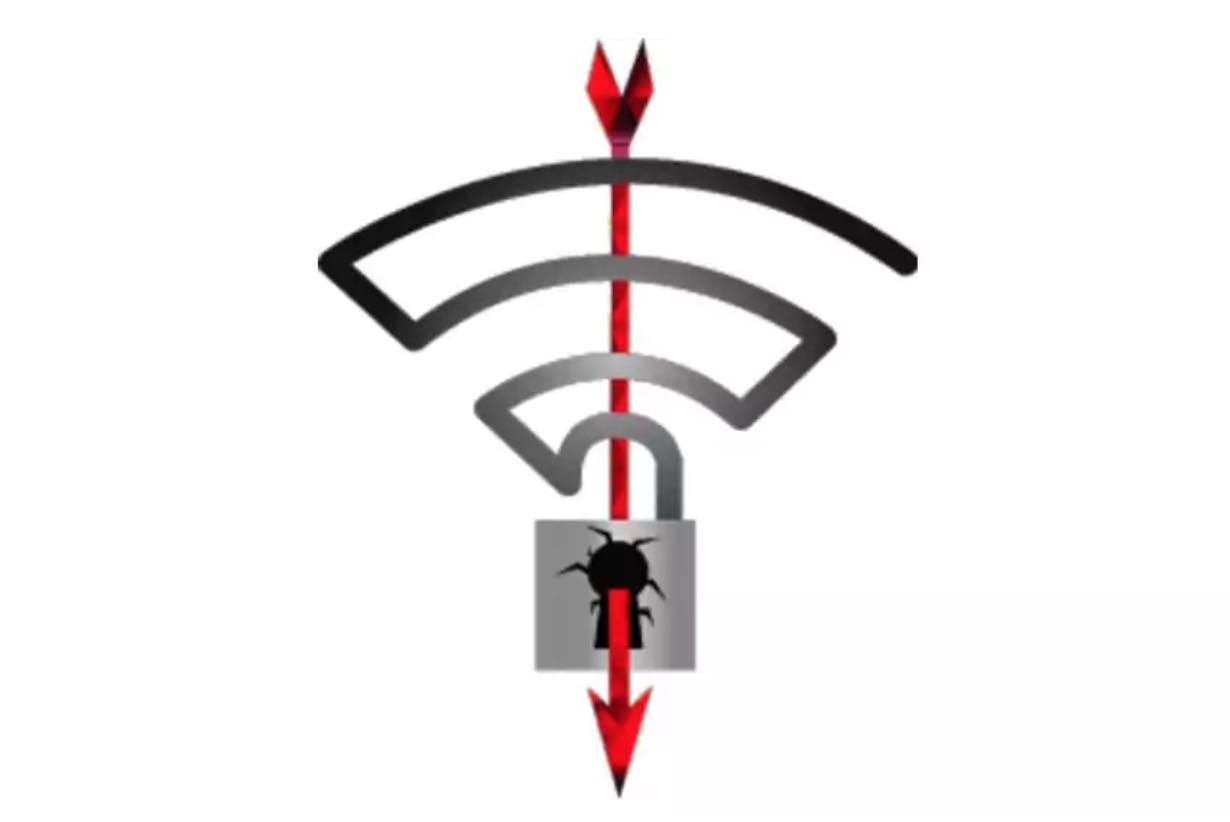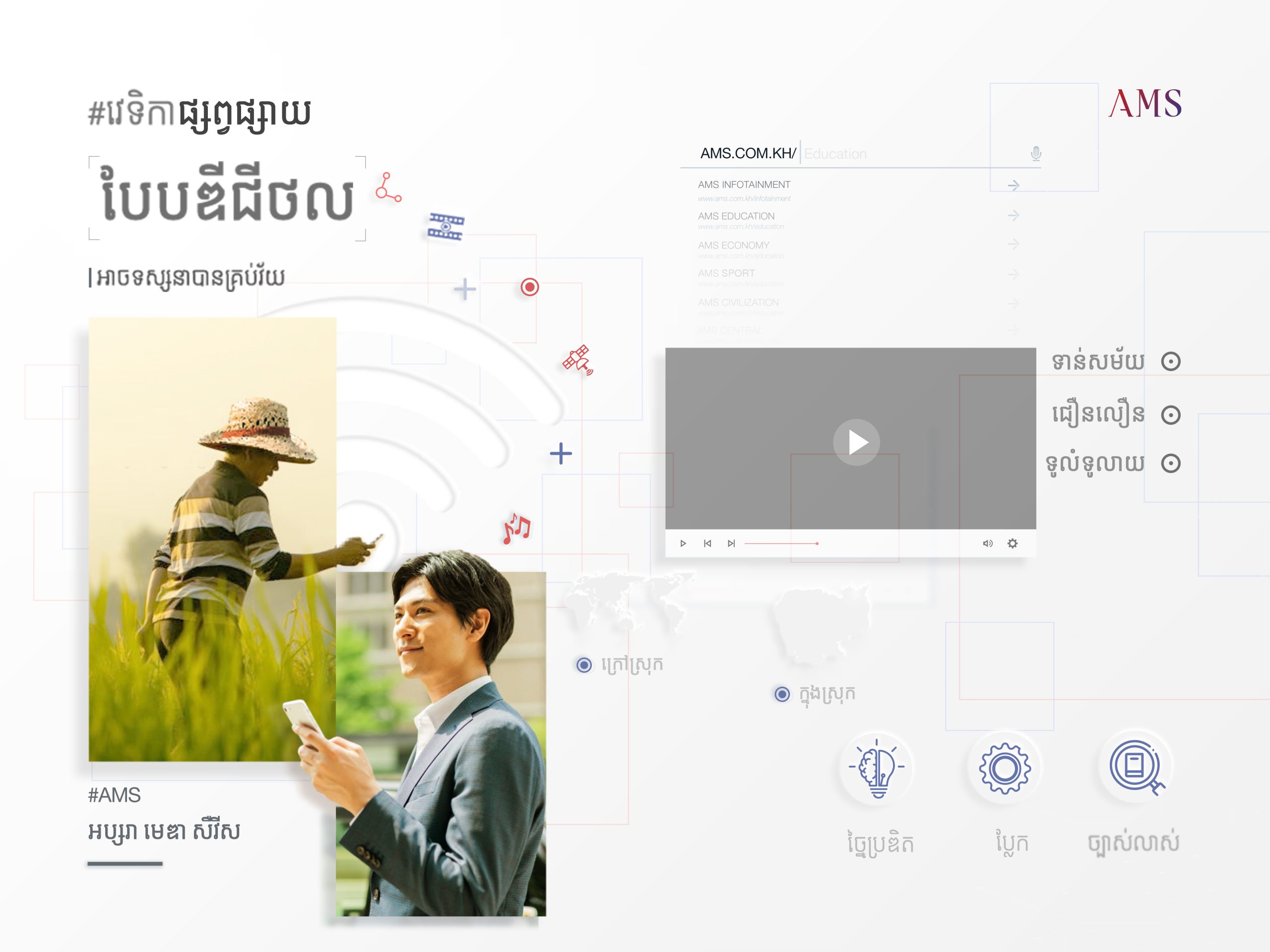WiFi Hack: WPA2 KRACK Attack Threatens WiFi Users Around The World

អ្នកប្រហែលជាធ្លាប់បានលឺ ឬក៏អានព័ត៌មានអំពី WPA2 (WiFi Protected Access II) ដែលវាគឺជា protocol wireless encryption មួយដែលគេនិយមប្រើប្រាស់ ហើយដែលអ្នកអាចធ្វើការស្វែងរកវានៅក្នុងបណ្តាញជាច្រើន មានដូចជា home, public cafes, etc…
តែក្នុងពេលនេះ អ្នកស្រាវជ្រាវសន្តិសុខព័ត៌មានបានរកឃើញនូវចំនុចខ្សោយដ៏គ្រោះថ្នាក់មួយ នៅក្នុង Protocol ដែលមានអាយុកាល ១៣ឆ្នាំនេះ ដែលអាចអនុញ្ញាតឲ្យអ្នកវាយប្រហារ (ដែលស្ថិតនៅក្នុងបណ្តាញតែមួយជាមួយអ្នក) ធ្វើការទាញយកនូវ WiFi password និងស្ទាក់ចាប់យកនូវចរាចរណ៍ទិន្នន័យ (communication traffic)។
អ្នកវាយប្រហារអាចធ្វើការអាក់សេសចូលទៅកាន់ unencrypted traffic រវាងឧបករណ៍ (device) និង access point ហើយលទ្ធភាពដែលអាចធ្វើបានទៀតនោះគឺ ការលួចបញ្ចូលបន្ថែមខ្លឹមសារផងដែរ (content injection) ។
ចំនុចខ្វៈខាតនេះមាននៅក្នុងយន្តការ 4-way handsake ដែលបានប្រើប្រាស់ក្នុងការបង្កើតនូវ encryption key ដើម្បីធ្វើឲ្យចរាចរណ៍ទិន្នន័យមានសន្តិសុខ (secure the traffic) - នេះបើតាមការឲ្យដឹងពីអ្នកស្រាវជ្រាវ។ ចំនុចខ្សោយនេះត្រូវបានគេបង្ហាញឲ្យឃើញជាក់ស្តែងនៅក្នុង ទម្រង់ PoC (Proof-of-concept) ដែលត្រូវបានគេស្គាល់ថា KRACK (Key Reinstallation Attacks)។
អ្នកស្រាវជ្រាវបានបញ្ចេញឯកសារជាសាធារណៈ ដែលអាចធ្វើការទាញយកជា PDF: Mathy Vanhoef of KU Leuven and Frank Piessens of imec-DistriNet, Nitesh Saxena and Maliheh Shirvanian of the University of Alabama at Birmingham, Yong Li of Huawei Technologies, and Sven Schäge of Ruhr-Universität Bochum.
ចំនុចខ្សោយ WPA2 និងព័ត៌មានបន្ថែម
ចំនុចខ្សោយពាក់ព័ន្ធទៅនឹង Key Managment នៅក្នុង WPA2 protocol ត្រូវបានរកឃើញដោយអ្នកស្រាវជ្រាវនោះ ត្រូវបានធ្វើការកត់ត្រាដូចខាងក្រោម៖
– CVE-2017-13077: Reinstallation of the pairwise encryption key (PTK-TK) in the four-way handshake.
– CVE-2017-13078: Reinstallation of the group key (GTK) in the four-way handshake.
– CVE-2017-13079: Reinstallation of the integrity group key (IGTK) in the four-way handshake.
– CVE-2017-13080: Reinstallation of the group key (GTK) in the group key handshake.
– CVE-2017-13081: Reinstallation of the integrity group key (IGTK) in the group key handshake.
– CVE-2017-13082: Accepting a retransmitted Fast BSS Transition (FT) Reassociation Request and reinstalling the pairwise encryption key (PTK-TK) while processing it.
– CVE-2017-13084: Reinstallation of the STK key in the PeerKey handshake.
– CVE-2017-13086: reinstallation of the Tunneled Direct-Link Setup (TDLS) PeerKey (TPK) key in the TDLS handshake.
– CVE-2017-13087: reinstallation of the group key (GTK) while processing a Wireless Network Management (WNM) Sleep Mode Response frame.
– CVE-2017-13088: reinstallation of the integrity group key (IGTK) while processing a Wireless Network Management (WNM) Sleep Mode Response frame.
អ្នកស្រាវជ្រាវបានរកឃើញនូវចំនុចខ្សោយនេះកាលពីឆ្នាំមុន ប៉ុន្តែបានធ្វើការជូនដំណឹងទៅដល់អ្នកផលិតឧបករណ៍មួយចំនួន (vendors) កាលពីថ្ងៃទី១៤ ខែកក្កដា ហើយបន្ទាប់មកក្រុមការងារ US-CERT បានផ្ញើរចេញនូវការព្រមានដោយទូលំទូលាយមួយទៅកាន់អ្នកផលិតឧបករណ៍រាប់រយ នៅក្នុងថ្ងៃទី២៨ ខែសីហា ឆ្នាំ២០១៧ កន្លងទៅនេះ។
ដើម្បីធ្វើការជួសជុលនូវកំហុសឆ្គងនេះ អ្នកត្រូវតែធ្វើការរងចាំការធ្វើបច្ចុប្បន្នភាព (update) firmware ពីអ្នកផលិតឧបករណ៍។
យោងទៅតាមអ្នកស្រាវជ្រាវ ការប្រើប្រាស់ HTTPS គឺមានសន្តិសុខ (ប៉ុន្តែប្រហែលជាមិនមែន ១០០ភាគរយនោះទេ) ហើយមិនអាចធ្វើការ decrypted ដោយប្រើប្រាស់វិធីសាស្ត្រ KRACK បានឡើយ។ ហេតុដូច្នេះហើយ អ្នកគួរតែប្រើប្រាស់ secure VPN ដែលធ្វើការ encrypts រាល់ Internet traffic របស់អ្នកទាំងអស់ ទោះបីជាវា HTTPS ឬក៏ HTTP ក៏ដោយ។
អ្នកក៏អាចអាននូវព័ត៌មានបន្ថែមអំពីវេបសាយនេះពីក្នុងវេបសាយ KRACK ហើយក្រុមអ្នកស្រាវជ្រាវក៏បានសន្យាថានឹងបញ្ចេញនូវកូនកម្មវិធី (tool) ដែលអ្នកអាចប្រើប្រាស់ធ្វើការត្រួតពិនិត្យទៅលើ WiFi network របស់អ្នកថាតើវារងគ្រោះដោយសារបញ្ហានេះ ឬក៏អត់ផងដែរ។
តើអ្នកត្រូវការធ្វើអ្វីខ្លះ?
– ដំបូងសូមប្រាកដថា WiFi នៅក្នុងណេតវើករបស់អ្នកមានដាក់ពាក្យសម្ងាត់ការពារ ។ បើសិនជាមិនមានទេ នោះអ្នកប្រឈមមុខទៅនឹងហានិភ័យនៃការវាយប្រហារគ្រប់ប្រភេទ
– បើសិនជាអាច សូមកុំធ្វើការភ្ជាប់ទៅនឹង WiFi ដែលមិនមានសន្តិសុខ (unsecure) ដែលយើងធ្លាប់តែឃើញនៅក្នុងសណ្ឋាគារ ហាងកាហ្វេ និងកន្លែងសាធារណៈផ្សេងៗទៀត
– ការវាយប្រហារបែប Krack នេះមានផលប៉ៈពាល់ទៅលើ secure networks ដោយសារតែចំនុចខ្សោយនៅក្នុងយន្តការ “handsake” រវាងឧបករណ៍អ្នកប្រើប្រាស់ និង router ដើម្បីធ្វើការបញ្ចូលនូវ “key” ដែលគេអាចធ្វើការ decrypt នូវទំនាក់ទំនង ហើយដែលអាចមានលទ្ធភាពក្នុងការលួចពាក្យសម្ងាត់ និងទិន្នន័យ credit card
– ធនាគារ និងអនឡាញ shopping ជាច្រើនប្រើប្រាស់ HTTPS (ដែលជាបច្ចេកទេស encryption ក្នុងការការពារអ្នកពីចំនុចខ្សោយនេះ)
– ចំនុចល្អបំផុតនោះគឺអ្នកត្រូវធ្វើការអាប់ដេត router របស់អ្នក។ សូមត្រួតពិនិត្យថាតើ router របស់អ្នកជារបស់ក្រុមហ៊ុនណា ហើយចូលទៅកាន់វេបសាយរបស់ក្រុមហ៊ុននោះ ដើម្បីធ្វើការជួសជុលវា (តែប្រហែលជាមិនទាន់មាននូវឡើយទេក្នុងពេលនេះ)។
– អ្នកជំនាញសន្តិសុខបាននិយាយថា ក្នុងខណៈពេលនេះ បើសិនជាអ្នកមានការព្រួយបារម្ភនោះ សូមប្រើប្រាស់ “VPN-Virtual Private Network”
ខាងក្រោមនេះ គឺជាវិដេអូបង្ហាញពីបច្ចេកទេសនៃការវាយប្រហារៈ






